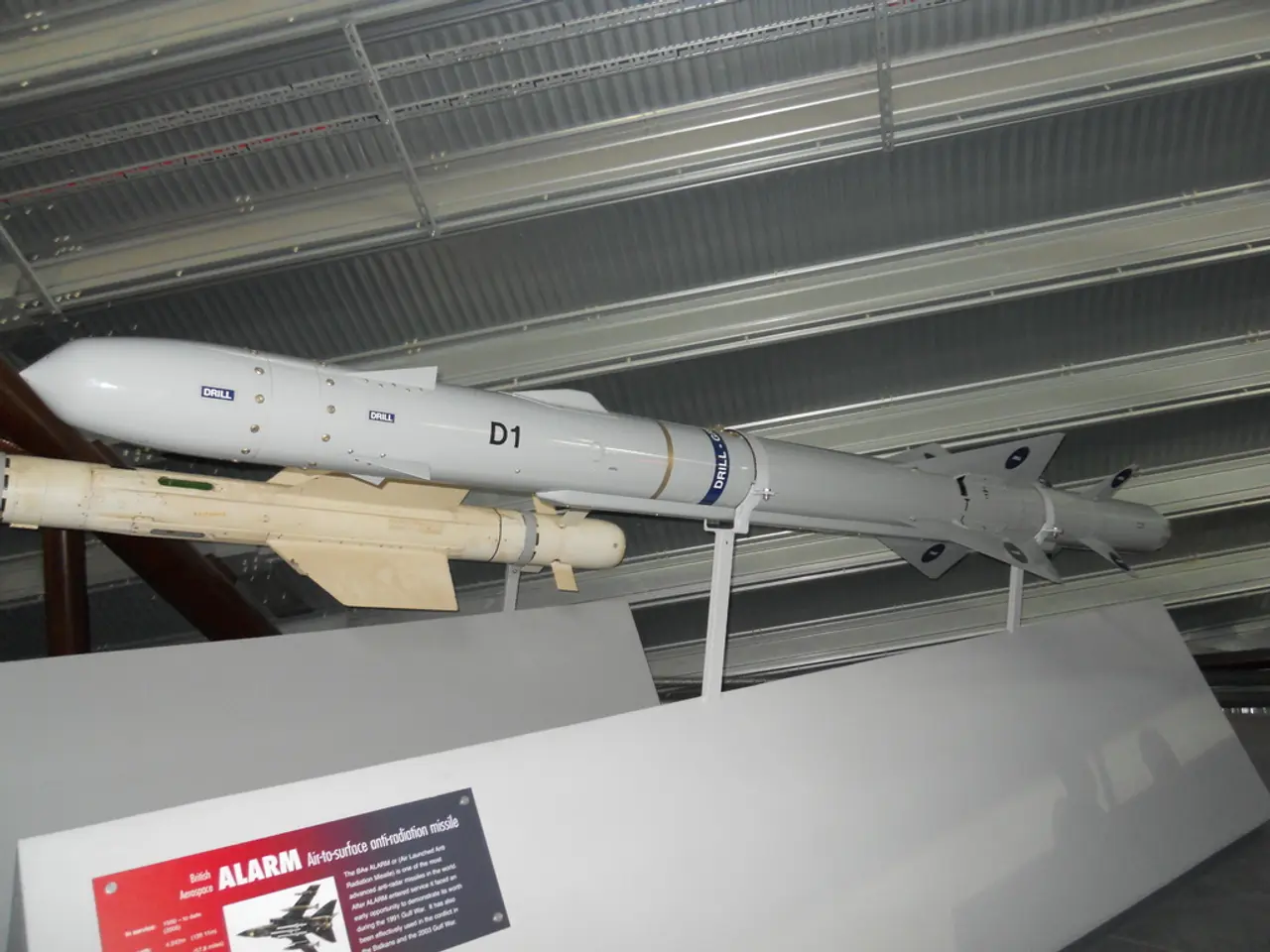Defense Bills Progressing Differently in House and Senate, Key Points for Air Force to Monitor
Congress Pushes Back on Pentagon's Retirement and Cut Plans for Air Force Platforms
A significant shift in the proposed retirements and cuts of legacy Air Force platforms is taking place, as congressional bills seek to maintain key manned platforms amid concerns over operational capabilities and readiness.
The proposed retirements of certain Air Force workhorses are facing congressional pushback in the 2026 defense policy bill. The Senate's version of the National Defense Authorization Act (NDAA) has put new guardrails on the military's plan to retire certain workhorse planes.
One of the most notable changes is the decision to save a substantial portion of the A-10 Warthog fleet. Originally planned for retirement in 2026, the Senate's NDAA prohibits retiring so many A-10s that the inventory would fall below 103 aircraft, effectively saving a significant portion of the fleet from retirement.
Another reversal is the Air Force’s plan to cancel the E-7 Wedgetail airborne early warning aircraft program in favour of alternatives. The Senate, however, is funding the E-7 program to continue acquisition, rejecting the Pentagon’s cuts.
The U-2 reconnaissance aircraft retirement plan, on the other hand, appears to be on track, with no reversal of this retirement plan noted in the current congressional bills.
The Air Force’s planned cuts to F-35A Joint Strike Fighter purchases are also opposed by Congress, with retired generals and Senate committees urging increased investment. Senators are pushing the Air Force to buy 34 F-35A Lightning II jets in 2026, instead of the 24 the service requested.
The Senate bill also bolsters aircraft purchases and research-and-development programs, including major boosts to top-priority acquisitions like the E-7 Wedgetail airborne target-tracking jet and Sentinel ground-based nuclear missile. The bill authorizes an additional $2 billion for the Sentinel program, totaling $4.6 billion next year, and adds $700 million for E-7 Wedgetail prototyping, bringing next year’s funding to almost $900 million total.
The Senate's proposed defense spending is 6 percent larger for development and 12 percent bigger for procurement compared to the House's draft. The bill withholds a quarter of the Department of the Air Force's 2026 funding until the Secretary of the Air Force reverses changes to the Louisiana-based command.
The bill also provides $1 billion for replenishing weapons used in recent U.S. military operations, including those targeted at Iranian nuclear facilities and Houthi rebels in Yemen. The Air Force's Joint Air-to-Surface Standoff Missile procurement could receive an additional $322 million if the Senate gets its way, totaling $650 million next year.
The Senate bill also requires the B-21 Raider stealth bomber to be capable of employing nuclear gravity bombs within 180 days after the fleet is declared ready for initial operations. The bill dictates that Sentinel missiles must be operational by October 2033 and that the Air Force should have no fewer than 400 ICBMs on alert at any given time.
The Senate bill slashes $1.5 billion that the Pentagon sought to purchase more Navy E-2D Hawkeye planes. The bill endorses the B-21 Raider's $5.7 billion base budget request for 2026 and pushes for more details on the transition of the bomber force to a mix of nuclear and conventional weapons.
In summary, Congress is mitigating the Pentagon’s aggressive retirements and cuts to legacy platforms like the A-10 and E-7, maintaining at least partial fleets, while the U-2 retirement appears on track. The Space Force’s budget is somewhat curtailed but remains relatively flat, without major changes to its existing plans.
- The Senate's version of the National Defense Authorization Act (NDAA) has implemented new restrictions on the military's plan to retire certain workhorse planes, specifically the A-10 Warthog fleet.
- Congress is pushing back against the Air Force’s plans to retire a substantial portion of the A-10 Warthog fleet, as the Senate's NDAA prohibits retiring so many A-10s that the inventory would fall below 103 aircraft.
- The Senate's NDAA also funds the E-7 Wedgetail airborne early warning aircraft program, rejecting the Air Force’s plans to cancel the program in favor of alternatives.
- While the U-2 reconnaissance aircraft retirement plan appears to be on track, congressional bills are opposing the Air Force’s planned cuts to F-35A Joint Strike Fighter purchases.
- The Senate is urging increased investment in the F-35A Lightning II jets, pushing for the Air Force to buy 34 F-35A jets in 2026, instead of the 24 the service requested.
- The Senate bill authorizes additional funding for the Sentinel program, which focuses on ground-based nuclear missiles, and allocates funds for the Air Force's Joint Air-to-Surface Standoff Missile procurement.




